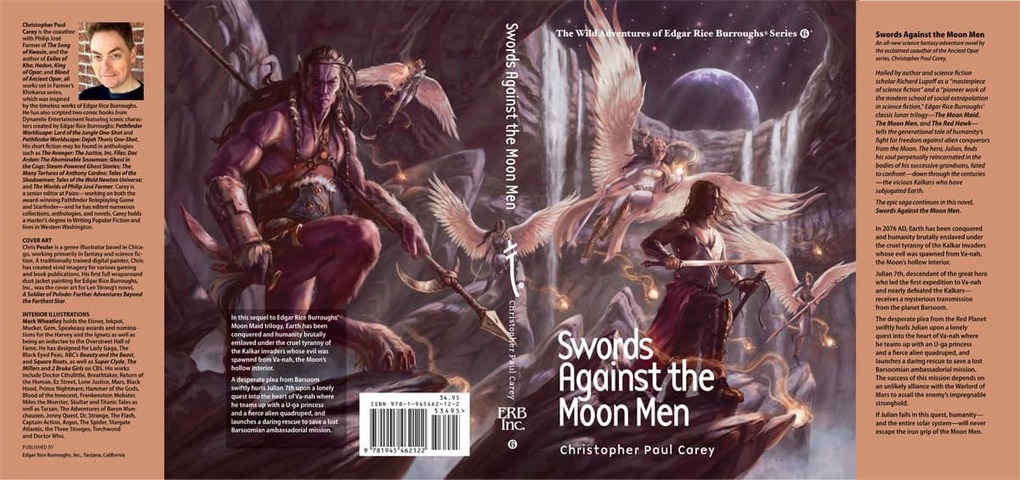The Late December Fantasy Magazine Rack
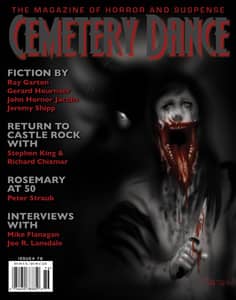 |
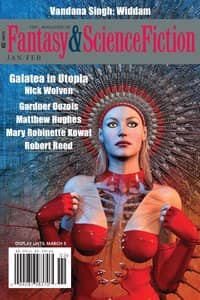 |
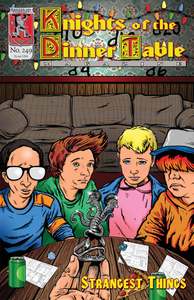 |
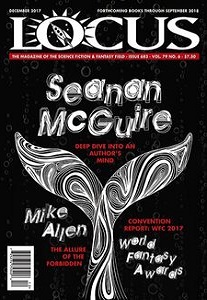 |
 |
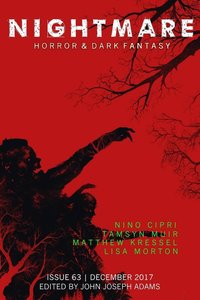 |
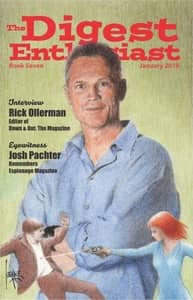 |
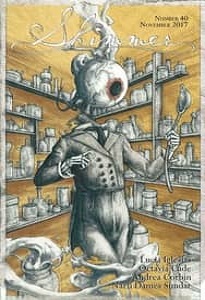 |
2017 closes out with a splendid crop of new magazines, featuring fiction from Mary Robinette Kowal, Matthew Hughes, John Hornor Jacobs, Matthew Kressel, Gardner Dozois, Robert Reed, Octavia Cade, and a feature on one-shot vintage magazine digests by BG blogger Steve Carper. Here’s the complete list of magazines that won my attention in late December (links will bring you to magazine websites).
Cemetery Dance — the brand new December issue has an interview with Stephen King and Richard Chizmar, plus fiction by John Hornor Jacobs, Ray Garton, Jeremy C. Shipp, Aaron Worth, and many others
Fantasy & Science Fiction — the big Jan/Feb double issue has new fiction from Matthew Hughes, Mary Robinette Kowal, Gardner Dozois, Robert Reed, Nick Wolven, Vandana Singh, and much more
Knights of the Dinner Table — issue #249 of the long-running gaming comic features a Stranger Things tribute cover by Rick Hershey, plus strips by Jolly Blackburn, a horror-themed Solo Adventure by Mark Dowson, “Adventures Should Always Begin in Pubs,” by Shane Cubis, plus regular columns, reviews and cartoons
Locus — interviews with Seanan McGuire and Mike Allen, reports from World Fantasy Convention and ICon, a feature on Borderlands Books 20th Anniversary, and reviews by Gardner Dozois, Rich Horton, Gary K. Wolfe, Faren Miller, Russell Letson, Adrienne Martini, and lots more
Meeple Monthly — all the details on board games releases from Academy Games, Posthuman Studios, Tasty Minstrel Games, and Upper Deck
Nightmare — original fiction from Nino Cipri and Matthew Kressel, plus reprints by Tamsyn Muir and Lisa Morton, and a movie review from Adam-Troy Castro
The Digest Enthusiast — issue #7 of the magazine dedicated to vintage digest mags includes Joe Wehrle, Jr on James H. Schmitz’s Telzey Amberdon tales and Steve Carper on one-shot magazine digests, plus articles on Espionage Magazine, Manhunt, The Occult Digest, Future Publications, and reviews of Pulp Literature #15, F&SF Jul/Aug 2017, and lots more — including over 100 cover images
Shimmer — issue #40 contains fiction by Naru Dames Sundar, Andrea Corbin, Octavia Cade, Lucia Iglesias, and more
Click any of the thumbnail images above for bigger images. Our early December Fantasy Magazine Rack is here.
 With another year’s worth of Fantasia reviews now finished, I thought I’d take the time once again to look back at what I saw and write a general overview of the films as a whole. Doing so this year, though, leads to thoughts about film on a slightly larger scale than just Fantasia alone.
With another year’s worth of Fantasia reviews now finished, I thought I’d take the time once again to look back at what I saw and write a general overview of the films as a whole. Doing so this year, though, leads to thoughts about film on a slightly larger scale than just Fantasia alone.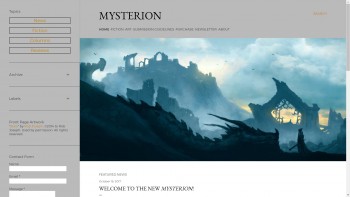

 After the Fantasia festival had officially concluded I still had three movies to watch. During the festival I’d requested links to view screening copies of three films I couldn’t see in theatres due to schedule conflicts, but it wasn’t until Fantasia ended that I had time to sit down and watch them. These movies were a Japanese comedy-drama called Japanese Girls Never Die (also released under the English title Haruko Azumi Is Missing, in romanised Japanese Azumi Haruko wa yukue fumei); a Thai historical martial-arts movie called Broken Sword Hero (also Legend of the Broken Sword Hero, from the romanised original Thong Dee Fun Khao); and a Chinese blockbuster historical war movie called God of War (Dang kou feng yun, now on Netflix). They made for an interesting mix.
After the Fantasia festival had officially concluded I still had three movies to watch. During the festival I’d requested links to view screening copies of three films I couldn’t see in theatres due to schedule conflicts, but it wasn’t until Fantasia ended that I had time to sit down and watch them. These movies were a Japanese comedy-drama called Japanese Girls Never Die (also released under the English title Haruko Azumi Is Missing, in romanised Japanese Azumi Haruko wa yukue fumei); a Thai historical martial-arts movie called Broken Sword Hero (also Legend of the Broken Sword Hero, from the romanised original Thong Dee Fun Khao); and a Chinese blockbuster historical war movie called God of War (Dang kou feng yun, now on Netflix). They made for an interesting mix.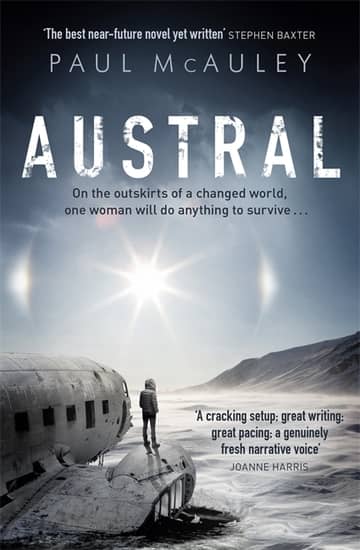
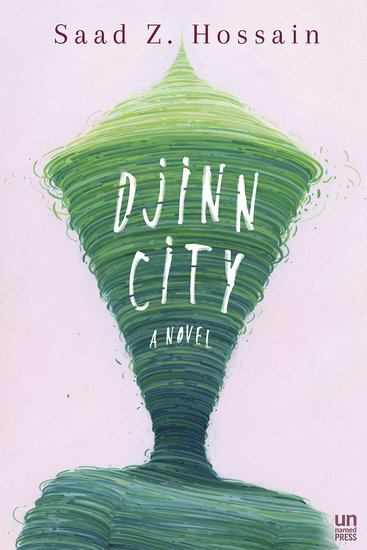
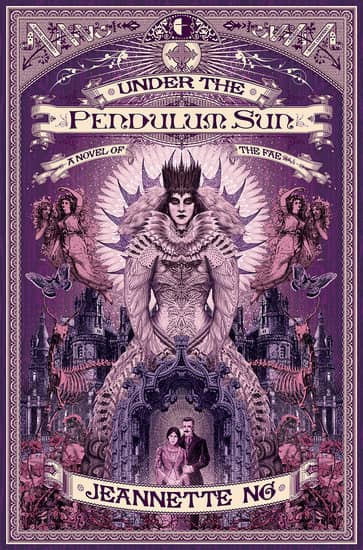
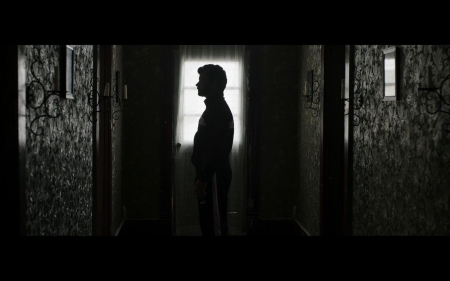 On the last day of the 2017 Fantasia film festival I planned to watch three movies. First, at the De Sève Theatre, Indiana: a movie about a pair of ghost-breakers in the Midwest who may or may not deal with actual paranormal events. Second, I’d go to the festival’s screening room, where I’d see a dark psychological thriller called Fashionista. Finally, I’d close out the festival with a screening of a restored version of Dario Argento’s classic 1977 horror film Suspiria.
On the last day of the 2017 Fantasia film festival I planned to watch three movies. First, at the De Sève Theatre, Indiana: a movie about a pair of ghost-breakers in the Midwest who may or may not deal with actual paranormal events. Second, I’d go to the festival’s screening room, where I’d see a dark psychological thriller called Fashionista. Finally, I’d close out the festival with a screening of a restored version of Dario Argento’s classic 1977 horror film Suspiria.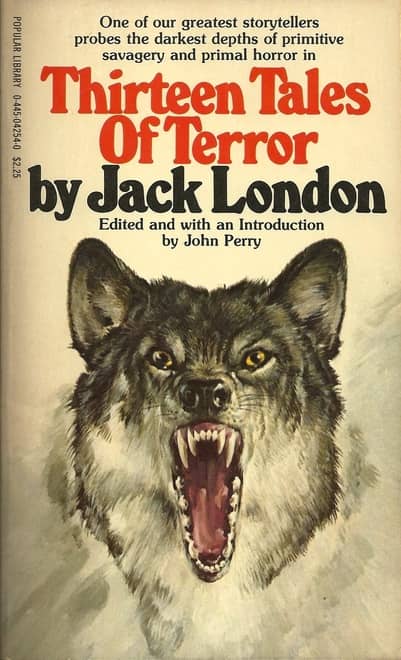
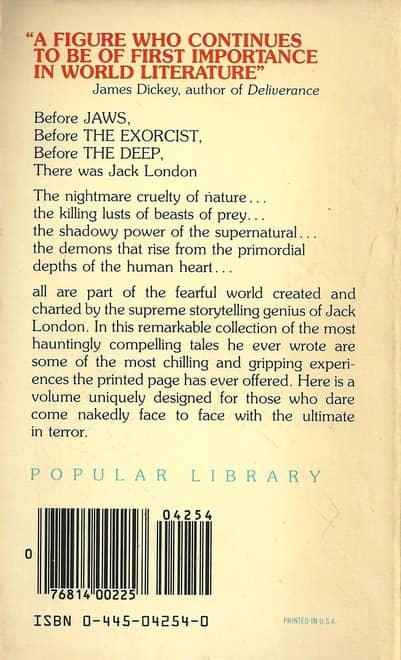
 Tuesday, August 1, was the next-to-last day of Fantasia. I had three films I wanted to see as the festival raced to its end, all at the De Sève Theatre. Lu Over the Wall (Yoake Tsugeru Lu no uta) was an animated young person’s adventure about indie rock and mermaids, from the mind of Masaaki Yuasa. Spoor (Pokot) was a Polish-Czech co-production of a mystery-horror film about animals that may or may not be turning against human beings. And Nomad (Göçebe) was a Turkish science-fiction/fantasy film that promised mythic overtones.
Tuesday, August 1, was the next-to-last day of Fantasia. I had three films I wanted to see as the festival raced to its end, all at the De Sève Theatre. Lu Over the Wall (Yoake Tsugeru Lu no uta) was an animated young person’s adventure about indie rock and mermaids, from the mind of Masaaki Yuasa. Spoor (Pokot) was a Polish-Czech co-production of a mystery-horror film about animals that may or may not be turning against human beings. And Nomad (Göçebe) was a Turkish science-fiction/fantasy film that promised mythic overtones.